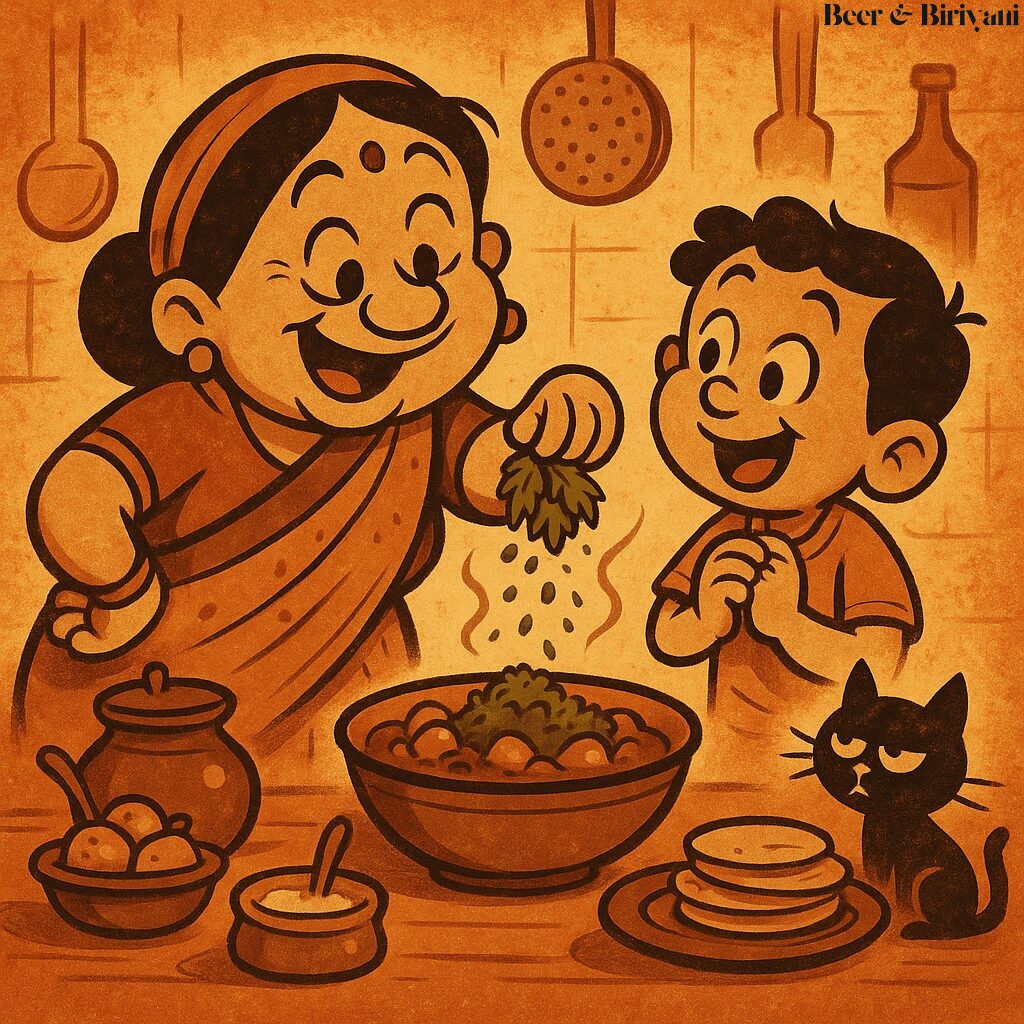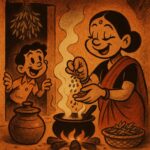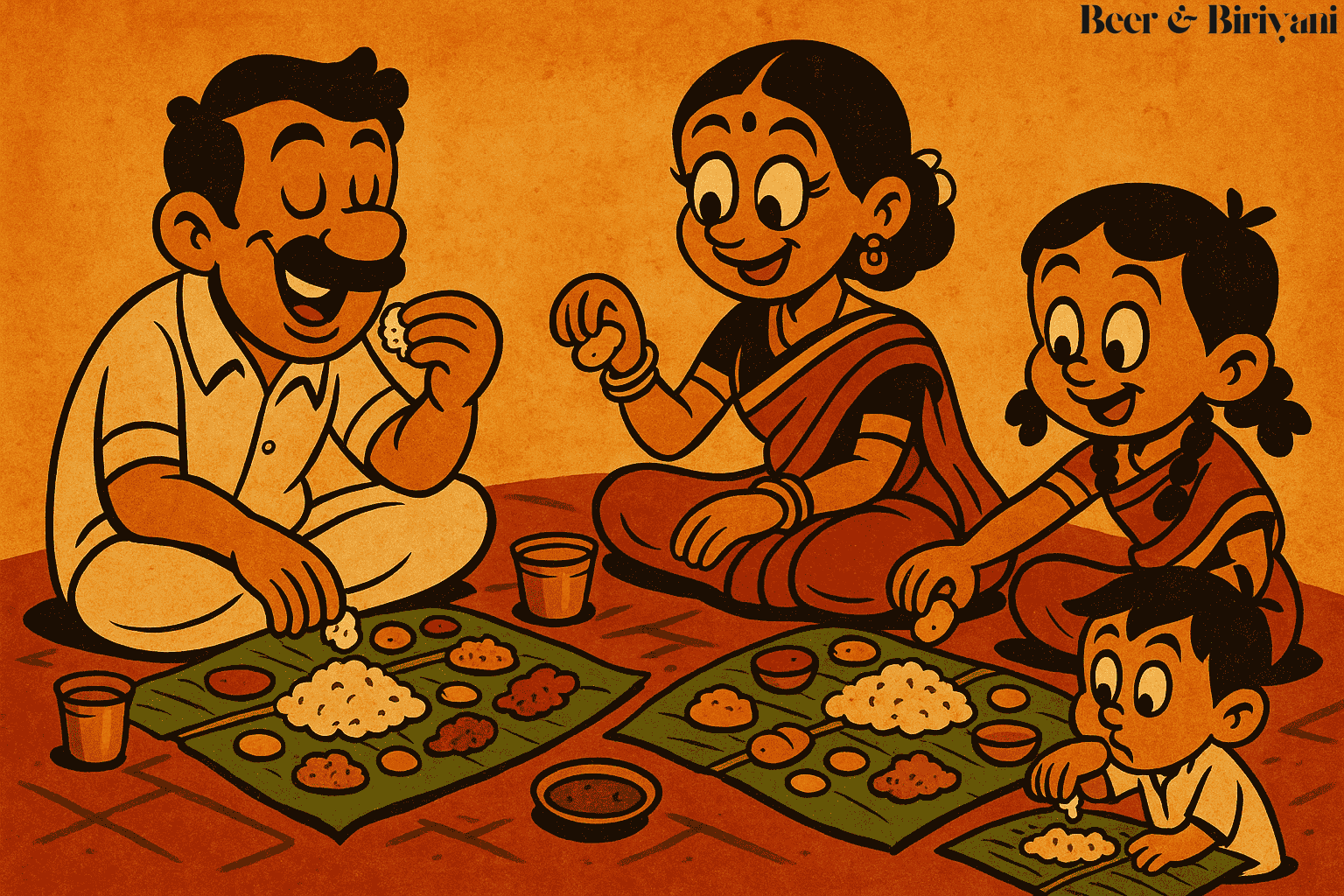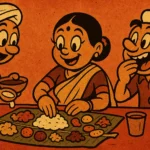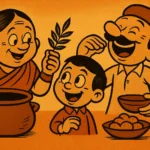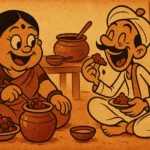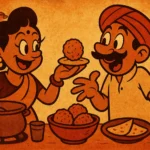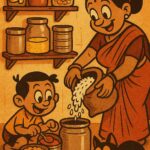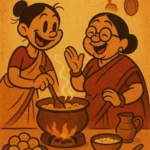You can tell a lot about an Indian kitchen by its coriander. Not the dry, powdered version we toss into sabzi halfway through cooking, but the fresh, leafy one—hara dhania—that makes its appearance at the very end, with the flourish of a final signature. It doesn’t whisper. It announces. Not with volume, but with presence. The kind that makes you pause mid-bite and go, “Ahh, that’s what was missing.”
In my mother’s kitchen in Mumbai, coriander was never optional. It was a finishing move, like a mic drop in leaf form. A bowl of dal without coriander was considered unfinished, a bit like wearing shoes but forgetting the socks. She’d wash it in a steel colander, shake it with precision, chop it with a curved knife that had clearly seen some things, and sprinkle it over everything from poha to pulao with a confidence I could only aspire to.
The Green That Closes the Loop
Here in Austin, I once ran out of coriander while making pav bhaji. I shrugged, added a bit more butter, and served it anyway. My friend—also from back home—took one polite bite and said, “Something’s missing.” It wasn’t the spice. It wasn’t the salt. It was the soul. Because coriander, while technically a garnish, behaves more like a punctuation mark. It doesn’t just sit there for looks—it finishes the sentence.
It adds brightness to heaviness. Freshness to fried. And most crucially, green to brown, which in Indian food is no small thing. Our curries are rich, our dals are golden, our snacks are proudly beige. Coriander steps in and says: allow me to add some contrast. It makes the plate not just tastier, but more alive.
A Culinary Equalizer
From north to south, coriander crosses regional borders with ease. In Delhi, it tops chole. In Gujarat, it finds its way into theplas. In Tamil Nadu, it’s blended into bright green chutneys. In Bengal, it finishes shukto. It doesn’t discriminate. It elevates. Even the simplest meal—a bowl of rice with ghee—feels like a composition once a sprig lands on top.
And let’s not forget hara dhania chutney. Possibly the most democratic condiment in the Indian kitchen. Toss a handful of coriander, a green chili, some ginger, a squeeze of lime, and salt into a mixie, and boom—you’ve got a condiment that’s as good with samosas as it is with leftover parathas. Add mint if you’re feeling fancy. Add peanuts if you’re feeling broke. It forgives everything.
Ritual, Not Routine
In many homes, including mine, chopping coriander was a kind of evening ritual. You didn’t do it ahead of time. No one refrigerated it pre-cut. That would be like mailing in your RSVP. No, coriander had to be fresh, fragrant, and timed perfectly. The minute you heard the tadka hiss in the pan, that’s when the knife came out. Timing was everything.
Even buying coriander at the market had its own choreography. You’d squeeze the stems, check the density of the bunch, sniff it if the vendor wasn’t looking. And if you were lucky, you’d get a few sprigs of it thrown in free with your veggies. That’s how you knew the bhajiwala liked you.
For the Lovers and the Haters
Of course, coriander is not without controversy. In some corners of the world, it’s maligned. “Tastes like soap,” say those with a certain genetic variation. Fair. But in Indian homes, that opinion is met with concern and maybe a quiet prayer. Because to us, coriander isn’t just about taste—it’s about balance. About memory. About putting a green, feathery period on the story of the meal.
Still Clinging to My Stems
I keep coriander in a glass of water in the fridge now, like cut flowers. I trim the stems, change the water, talk to it. And when I make something simple—say, a bowl of khichdi on a rainy day—I chop a bit and scatter it like confetti. Not too much. Not too little. Just enough to say: I cared.
Because coriander is not garnish. It’s intention. It’s the little green effort that says this meal matters, that someone made it with love, not just muscle memory. It’s the edible equivalent of a goodbye hug—you could technically leave without it, but why would you want to?
Born in Mumbai, now stir-frying feelings in Texas. Writes about food, memory, and the messy magic in between — mostly to stay hungry, sometimes just to stay sane.

